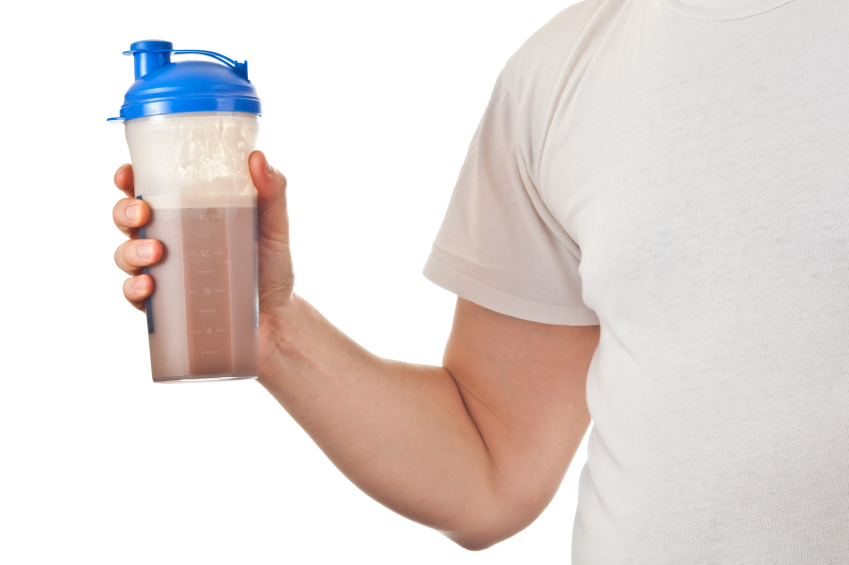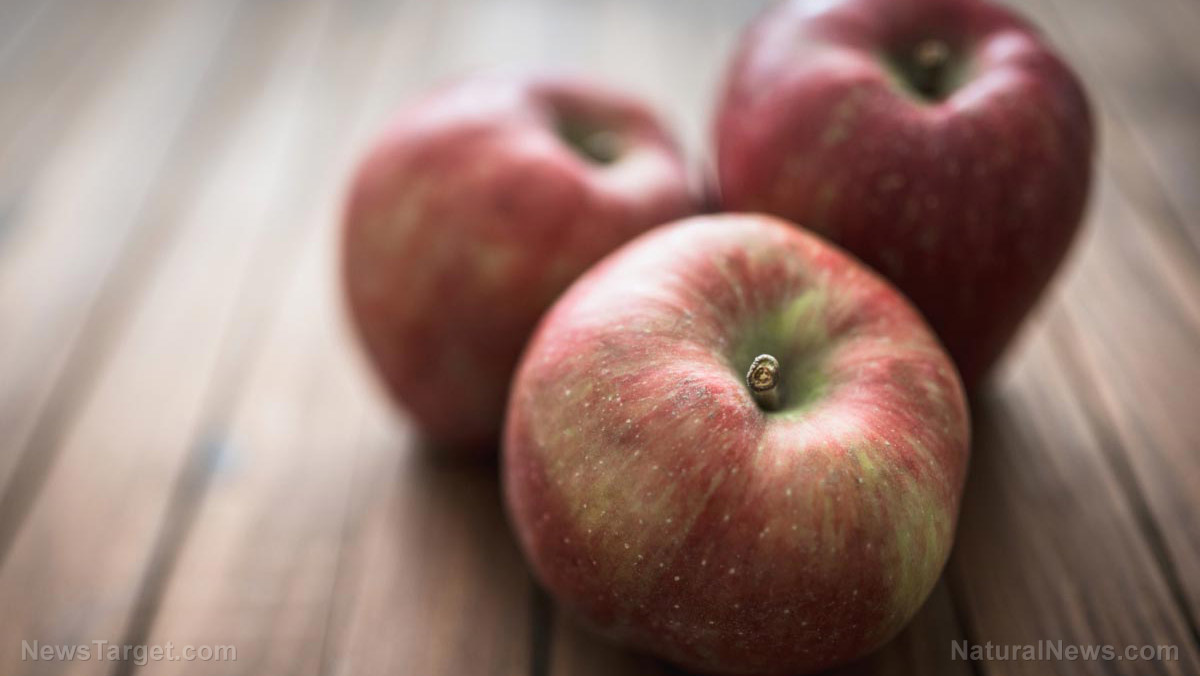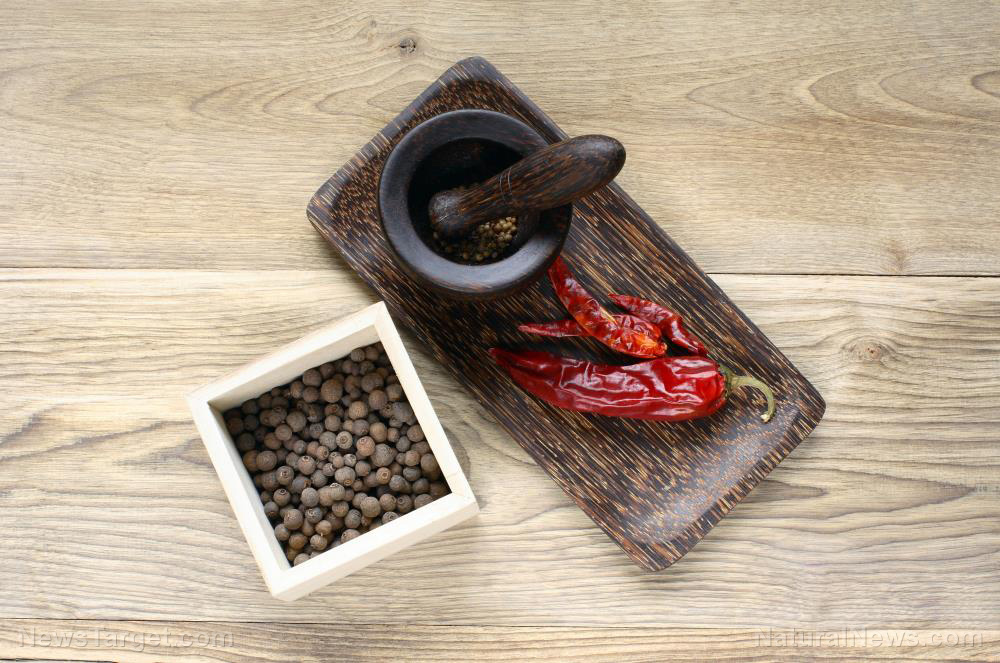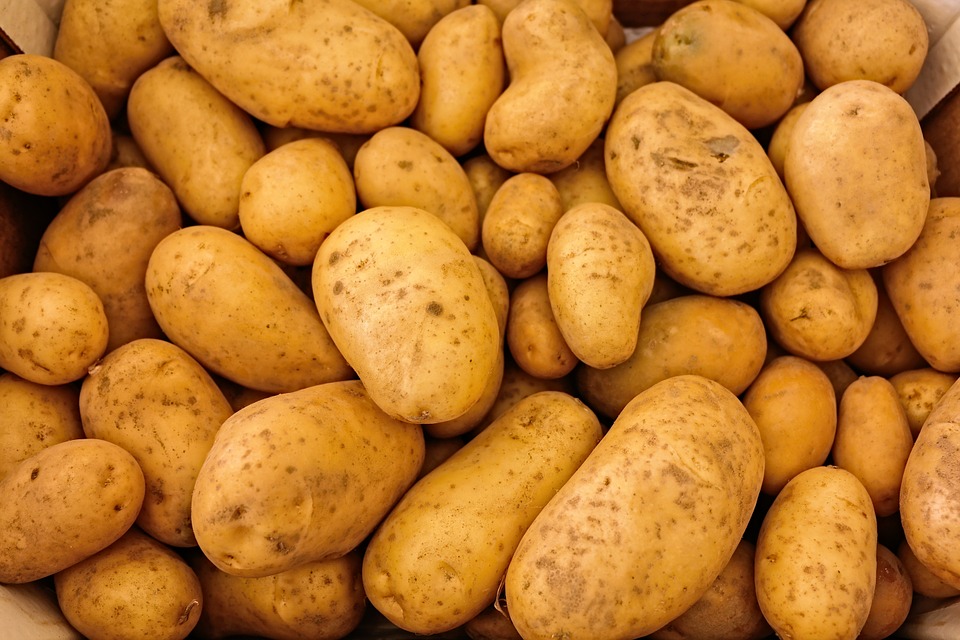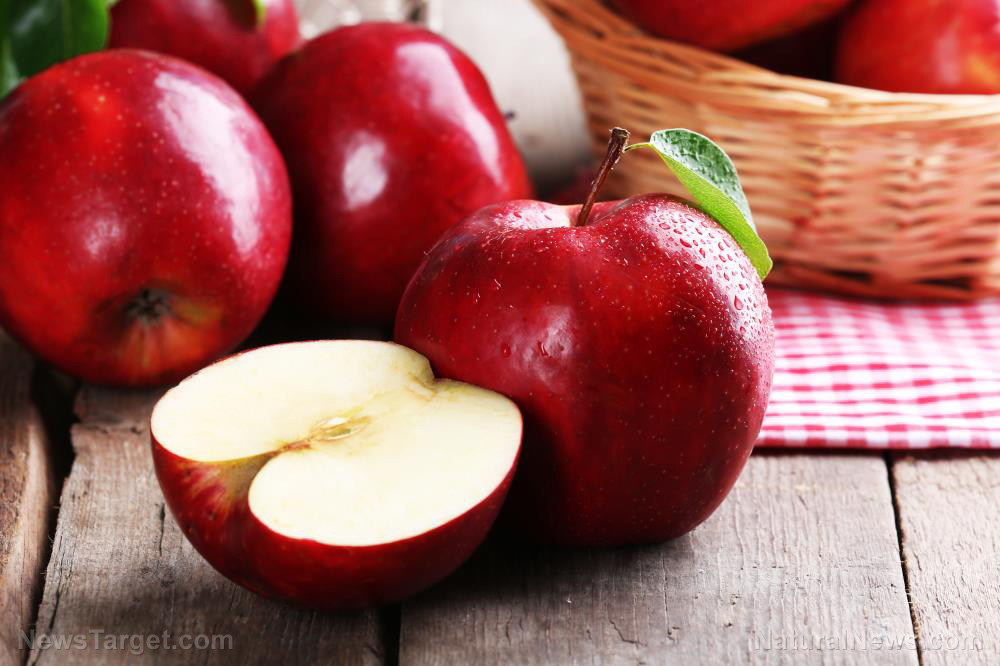Research finds medicinal plants, such as nettles, have potential for fighting diabetes
09/14/2018 / By Russel Davis

A meta-analysis published in the Journal of Nephropathology has identified various species of Iranian plants that may hold potential in diabetes treatment and disease management. A team of researchers at the Shahrekord University of Medical Sciences evaluated a number of ethnobotanical studies as part of the review. The studies listed a number of medicinal plants and focused on their traditional uses in preventing and treating diabetes in various regions across the country.
The researchers found that different cultures and regions across Iran use up to 49 plant species in order to address the metabolic condition. According to the experts, six of these plants belong to the Apiaceae family, while another six belong to the Asteraceae family. In addition, eight plant species belong to the Lamiaceae family. The scientists also observed that certain plant species have become more popular treatments than the others.
The scientists noted that the Urtica diocia L., more commonly known as nettle, was used across eight regions. Likewise, the Teucrium polium L. or poleigamandar was traditionally used in five regions. The research team also observed that the Citrullus colocynthis (L.) Schrad, Juglans regia L and Trigonella foenum graecum L were used as diabetes treatment in four regions.
“Traditional medicine and (the) use of medicinal plants is a supplementary and auxiliary method which has offered an effective approach to prevent and treat diseases. The findings of this study can be a comprehensive guideline, based on (the) ethnobotany of different regions of Iran, to prevent and treat diabetes,” the researchers reported in a Nutra Ingredients Asia article.
Review: Plant components play vital role in blood sugar control
An analysis published in 2016 in the Electronic Physician journal highlighted the potential of various plant species in promoting effective blood sugar control. As part of the analysis, the researchers pooled information from various databases that contained studies and articles about the use of medicinal plants in diabetes prevention and management. The research team observed that using medicinal plants in disease management often show successful results. (Related: Broccoli sprout extract can replace toxic metformin drugs in type-2 diabetes; sulforaphane found to control blood sugar levels.)
“The most common herbal active ingredients used in treating diabetes are flavonoids, tannins, phenolic, and alkaloids. The existence of these compounds implies the importance of the anti-diabetic properties of these plant. In fact, the mechanisms of actions for hypoglycemic plants include: increasing of insulin secretion, increasing of glucoses absorption by muscle and fat tissues, prevention of glucose absorption from the intestine, and prevention of glucose production from liver cells. These factors are mostly responsible for the reduction or elimination of diabetes complications,” the researchers said.
The research team likewise found that medicinal plants with insignificant toxicity and no side effects — such as aloe vera, artemisia, garlic, and acacia — may serve as notable disease treatment options for diabetes patients around the world. Furthermore, certain plant components were found to play key roles in maintaining healthy blood glucose levels. The experts have noted that tannin helped boost pancreatic beta-cell function and improved insulin secretion, while the powerful antioxidant quercetin effectively eliminated oxygen radicals and prevented the onset of lipid peroxidation and metal ion chelation.
“Plants are natural antioxidants and effective herbal medicines, in part due to their anti-diabetic compounds, such as flavonoids, tannins, phenolic, and alkaloids that improve the performance of pancreatic tissues by increasing the insulin secretion or decreasing the intestinal absorption of glucose. More researches are needed in order to separate the active components of plants and molecular interactions of their compounds for analysis of their curative properties,” the experts concluded.
Sources include:
Tagged Under: diabetes, Diabetes treatment, flavonoids, herbal medicine, Herbs, medicinal plants, natural cures, Natural Treatments, nettle, tannins






